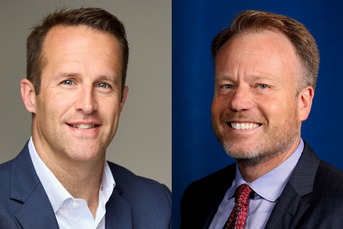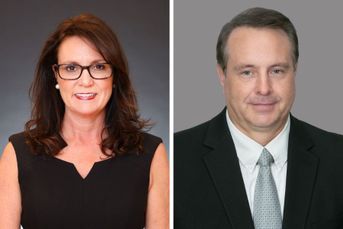Passive ESG: More active than the average index fund?

There is more going on in the ESG world, as seemingly passive funds have an element of active management that other index funds do not.
Passively managed ESG funds are taking market share from their active counterparts much as passive funds are in the broader market, even as product providers have been packing the shelves with active ESG funds.
In the U.S. mutual funds universe, the trend has been fueled by the lower fees charged by index funds. But there is more going on in the ESG world, as seemingly passive funds have an element of active management that other index funds do not.
Last year, assets in passively managed ESG funds represented about 40% of the total U.S. ESG fund market’s roughly $350 billion in assets, up from just 19% three years prior, according to a report earlier this year from Morningstar. However, most of the 534 sustainable funds that exist in the U.S. — 70% — are actively managed, and of the new funds launched last year, 67% were active.
Meanwhile, U.S. ESG funds saw $69 billion of net inflows but $43.1 billion (or 62%) went into passive products, data from the Morningstar report showed. Compared to the broader U.S. fund market though, active ESG funds’ sales fared better — 2021 was the first year since 2014 when all actively managed funds as a category saw net positive sales. Across all U.S. mutual funds, active products brought in $236.9 billion last year, compared with $958.7 billion among passive funds.
Turning to sustainable investing, fund providers have been able to showcase the benefits that responsible investing can have within index funds that have made them more attractive.
A selling point is there is an element of active in the construction of products and indexes, said John Streur, CEO of Calvert Research and Management, speaking during a recent panel discussion.
“Even so-called passive ESG investing needs to build in what we call active research,” Streur said.
“When we bring in an ESG component to passive, a lot of research gets done to determine whether a company is addressing critical ESG factors,” he said.
That research gives fund managers or index providers something to work with to engage with companies, and it “winnows out companies that are behaving in a way that many investors … would find unsustainable or unattractive,” Streur noted. “From the clients’ perspective, bringing ESG into passive gives them that benefit of, generally speaking, a lower cost and broader market coverage, which can be a good thing or a bad thing.”
The first ESG index debuted in 1990. That index, the Domini 400 Social Index, is now known as the MSCI KLD 400 Social Index. As of 2020, there were more than 1,000 ESG indexes available, according to a report that year by USSIF.
Beyond applying ESG integration to an index — excluding or including companies based on sustainability or other factors — passive ESG funds can still take active ownership, or engaging with portfolio companies and filing or voting on shareholder resolutions, USSIF noted.
The latter could be increasingly important, and potentially another selling point for passive ESG funds, given the current proxy voting environment; this proxy season, there have been well over 500 shareholder resolutions filed with public companies over ESG issues, according to data from Proxy Preview. Last year, shareholders approved a resolution Calvert filed with Tesla, seeking to have the company disclose its diversity figures and work to improve equity.
“I do think engagement can work … Tesla is an example of that,” Streur said. “We stayed on top of it. We asked them to perform based on that resolution. We know they are going to provide more disclosure.”
Having active ownership is in the interest of fund shareholders and can simply help improve companies, he said.
“They’ll produce better financial results. They’ll improve the lives of literally hundreds of millions of people,” he said. “That’s really the best part of responsible investing.”
Learn more about reprints and licensing for this article.








